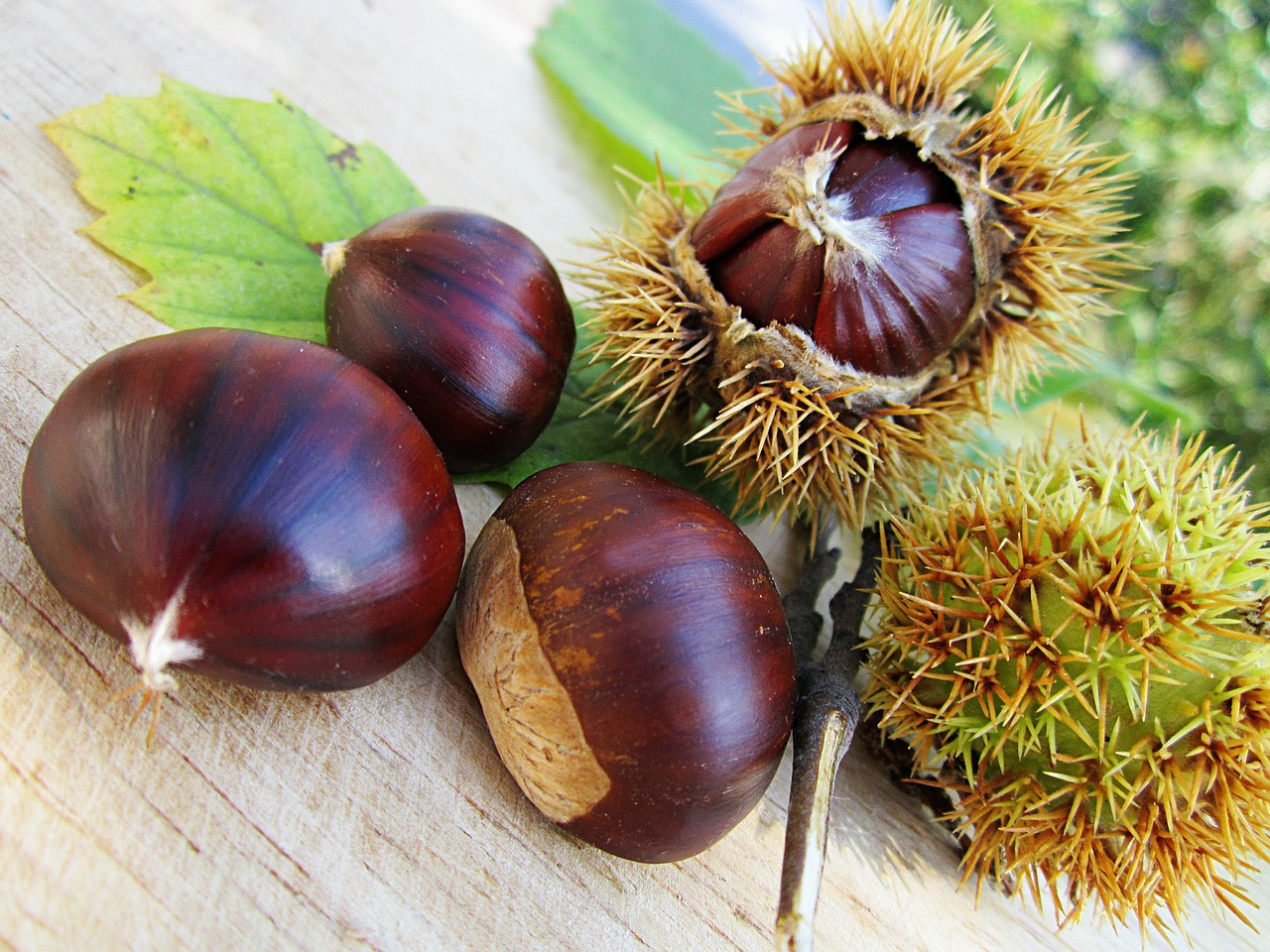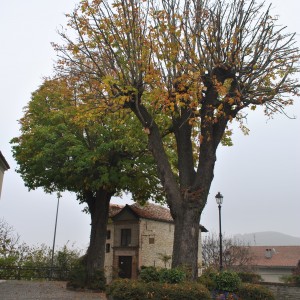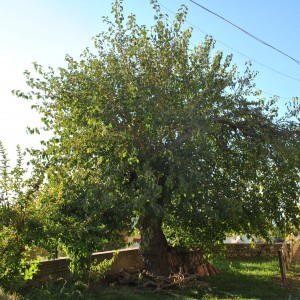Chestnuts

The agricultural tradition of chestnuts is an ancient one, spread all over the world from time immemorial. But in few other places like in the area of Cuneo and in the Langhe it became part of the history of their inhabitants. The presence of chestnuts in the area of Cuneo finds its origins thousands years ago, but it probably spreaded throughout the Alpine valleys during the Roman Empire. It was about the 14th Century that this species began to substitute oak trees, which were the major species of the original woods.
Nowadays oak still cover 14% of the agricultural and forestal surface of the province, with a great richness in ecotypes and esteemed cultivar: there have been registered over 50 , including both the major and better known varieties, as well as those available only in specific areas. The Madonna or Canalina chestnut in the Roero area, the Selvaschina and the Tempurive or Tempestive varieties, in the warmer zones of the alpine valleys, are highly appreciated and well paid. In the Mondovì and Ceva areas the local chestnuts which fruit is small, sweet and easy to peal (Gabbina, Frattona, Siria, Ciapastra Rossastra, Spinalunga). They are traditionally dried to obtain dried (or white) chestnuts and flour. Among Marrone – similar, but larger in size, selected and cultivated for prestigious uses in traditional confectionary and in the sweets industry. Besides Marrone of Chiusa Pesio; Marrone Rosso and Nero are also well known.






